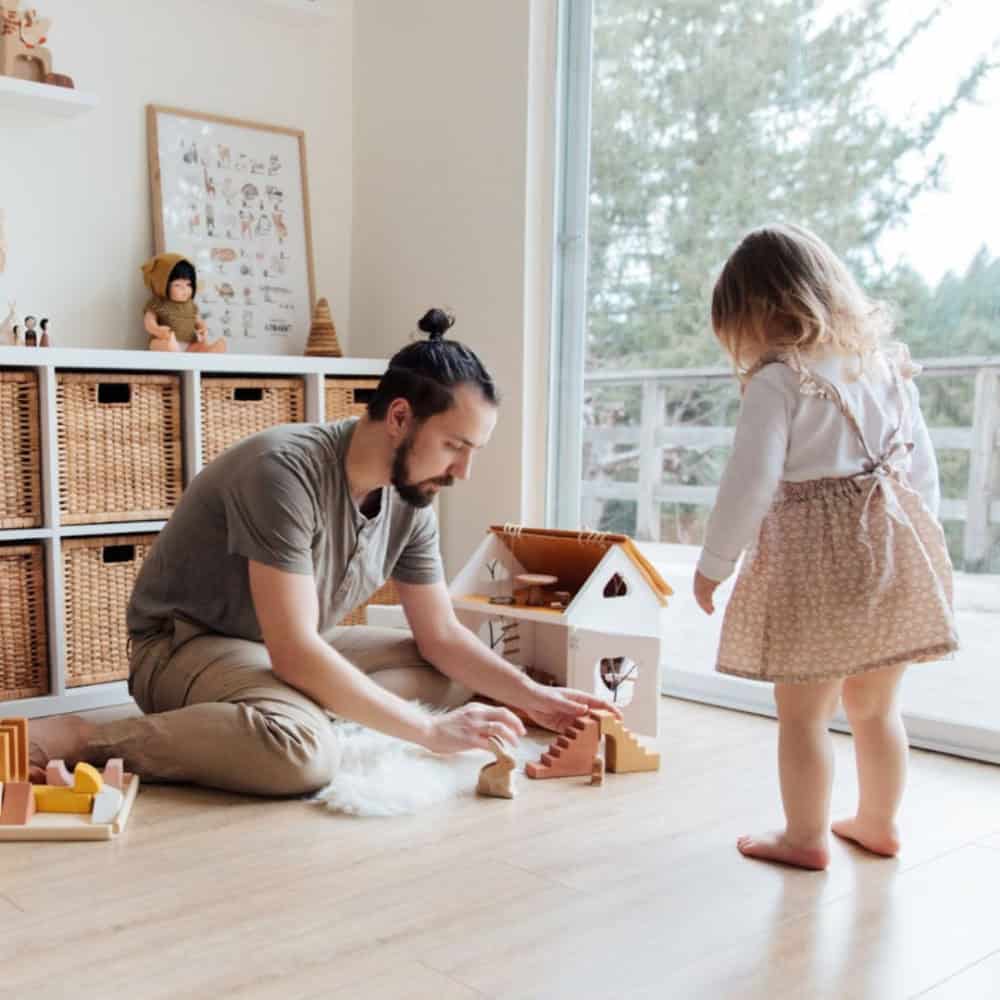Designer Secrets for Building a Cohesive Whole-House Art Plan
Table of Contents
Creating a cohesive whole‑house art plan begins long before the hammer meets the nail; it starts with a deliberate vision for how every image, object, and frame will harmonize with the architecture and furnishings around it. Think of your home as a single composition—rooms act as movements in a symphony, each adding its own tone yet echoing recurring motifs. By mapping out sightlines, color relationships, and scale shifts in advance, you can guide guests on a seamless visual journey from foyer to study, punctuated by moments of surprise rather than jarring detours. This strategic approach transforms walls into curated narratives and protects you from impulse purchases that look brilliant in isolation but discordant in context. The result is a layered, confident aesthetic that feels collected over time, even if many pieces are sourced in a single weekend.
Start With the Flow, Not the Frame
Before you shop for pieces, get crystal clear on the vibe you want in your home. Are you drawn to sleek, contemporary photography? Moody abstracts? Bold graphic prints? Jot down three adjectives—perhaps “energetic,” “organic,” or “timeless”—that describe how you want each space to feel. Use these words to vet every artwork: if a piece doesn’t align, it doesn’t earn a spot on your walls.
This filtering exercise stops impulse buys and creates a cohesive through‑line, even when you mix eras or genres. For instance, a streamlined black‑and‑white photo can sit comfortably alongside a vibrant oil painting if both evoke “energy.” With your style anchors in place, you’ll shop more strategically and build a collection that feels sourced, not scattered.
2. Establish a Cohesive Color Palette
Art doesn’t exist in a vacuum—its surroundings and palette shape its impact. Choose a core color palette of three to five colors that will recur throughout your spaces. These might be pulled from your furniture, floor tones, or even a standout rug. If your sofa upholstery is deep emerald, incorporate that hue in smaller art accents in adjacent rooms.
By echoing that emerald—perhaps in a tiny brushstroke on an abstract canvas or within a framed textile—you achieve a sense of unity. Don’t feel limited to exact matches: varying the saturation or scale of these colors can add depth. A dusty rose in the dining room might reappear as a punchy fuchsia in the hallway, linking areas without monotony.
3. Mix Mediums and Formats with Intention
Variety is essential, but randomness is not. Strike a balance between framed works, canvases, sculptures, and even textiles. For example, pair a floating‑frame photographic print with a wooden relief carving on the same wall. Or place a ceramic wall pocket beside a metal art object to play with light and shadow.
If you’re working with a tighter budget, cool printable wall art can deliver gallery‑level impact without the gallery‑level price tag. Select high‑resolution files, print on museum‑weight matte paper, and frame them as thoughtfully as you would an original canvas. Pair UV‑stable inks with acid‑free mats and consistent frame profiles so these affordable pieces sit confidently beside costlier works, transforming downloads into a collection that feels curated rather than cut‑rate.
4. Scale, Proportion, and Rhythm
The impact of a piece is determined as much by its size as its subject. Large canvases ground living rooms, while small works create intimate moments in nooks and corridors. Establish rhythm by varying scale: after a gallery wall of smaller prints, install one oversized painting in the next room to give the eye a rest.
Keep the “golden ratio” in mind—a 2:3 or 3:5 aspect ratio often feels most pleasing. And remember, spacing between artworks should be consistent; typically, 2 to 4 inches works well in a cluster, while larger installations may warrant 6 to 8 inches. Consistency in spacing unifies disparate pieces, turning a collection into a curated experience.
5. Unify with Frames, Mounting, and Mats
Frames are the silent glue of an art scheme. Selecting the same finish for frames—whether matte black metal, light oak, or a brushed brass—pulls pieces together visually, even if their styles wildly differ. Mats also play a starring role: uniform white mats provide breathing room, while colored mats echo your palette choices.
For a layered look, choose frames and mats that share one color from your core palette. For instance, if navy is a key hue, a thin navy fillet between the mat and frame creates an undercurrent of color that threads through every piece without dominating. Consistency here feels polished, as if every work was custom‑built to live together.
6. Strategic Placement and Flow
Think beyond individual rooms and consider sightlines. When you step into your home, what is the first artwork you encounter? Use that as a visual ambassador. As you walk through, ensure that adjacent rooms share at least one art characteristic—color, frame style, or medium—to reinforce the narrative.
Hallways can serve as transition galleries; pair smaller works in a linear progression that leads the eye forward. In open‑plan areas, use art to define zones. A cluster above the sofa anchors the living area, while a leaner, a vertical piece near the dining table, signals a new chapter. This subtle zoning feels intuitive and helps guests navigate your home’s story.
7. Inject Personal Flair Without Chaos
Your personality should shine, but it shouldn’t feel like a yard sale. Choose one or two unconventional pieces—a sculptural mask, a bold neon sign, a hand‑woven tapestry—to act as conversation catalysts. Then surround them with works that tone down the intensity: neutral abstracts, delicate ink drawings, or serene landscapes.
This counterpoint approach turns standout pieces into focal points without overwhelming. In a minimalist bedroom, for instance, a single hand‑painted piece with graphic brushstrokes can feel dramatic; offset it with a suite of monochrome botanical sketches in the hallway so the drama has room to breathe.
Conclusion
A whole‑house art plan demands forethought, but the payoff is a home that feels purposeful and gallery‑worthy. Start by defining your style and palette, then use scale, framing, and placement strategies to carry that vision from room to room. Mix in different media with deliberate spacing, and finish with a dash of personal flair. Follow these steps, and you’ll transform your walls into a cohesive, captivating showcase—one that tells your story at every turn.



